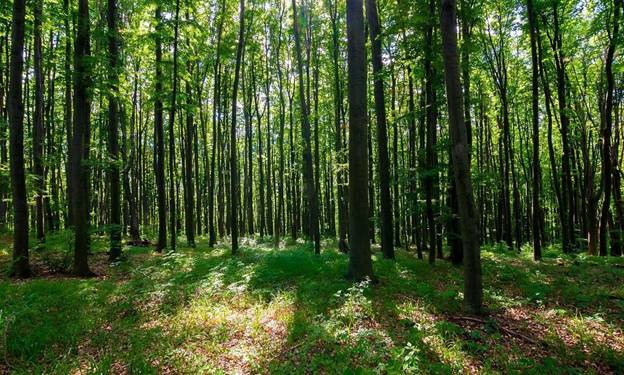Free Courses Sale ends Soon, Get It Now


Free Courses Sale ends Soon, Get It Now



Copyright infringement not intended
Context: India’s North East has seen a mushrooming of ‘community reserves’ in the last 11 years.
Details:
© 2024 iasgyan. All right reserved